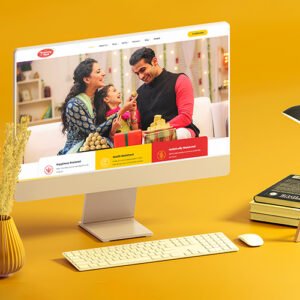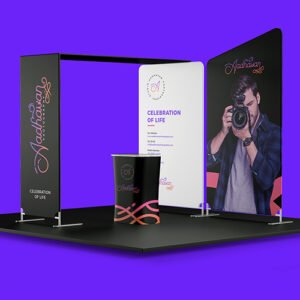In a world driven by visuals, businesses need more than just great products—they need powerful design to communicate their story. This is where graphic design training becomes a gateway to a successful and rewarding creative career. Whether you’re passionate about branding, digital art, or UI design, enrolling in a structured graphic design training program equips you with essential skills and opens up multiple career paths.
Once you’ve completed your training, you’re not limited to just one role. The field is vast, dynamic, and constantly evolving, offering opportunities across industries such as advertising, tech, media, education, fashion, e-commerce, and more.
Let’s explore the most promising career options after completing your graphic design training.
1. Graphic Designer
As the most direct outcome of your training, this role involves creating designs for print and digital platforms. From social media creatives and banners to brochures and business c
2. UI/UX Designer
If you’re interested in designing app or website interfaces, this is a booming area. UI/UX designers focus on user experience and aesthetics, making products easy and enjoyable to use.
3. Brand Identity Designer
You can help companies develop and maintain their visual identity. This includes designing logos, typography, brand colors, and creating style guides. If storytelling through visuals excites you, this niche is highly fulfilling.
4. Web Designer
Web designers work on site layouts, fonts, graphics, and color schemes to build appealing and user-friendly websites. Combining design aesthetics with basic front-end knowledge (HTML/CSS) can make you a strong contender in this space.
6. Packaging Designer
If you like physical design and print, this career path involves designing product boxes, labels, and containers. You’ll blend creativity with functionality to attract consumers while protecting the product.
7. Social Media Designer
With businesses heavily investing in digital presence, there’s a constant need for eye-catching social media creatives. If you understand platform trends and visual storytelling, this role offers a consistent workflow.
8. Freelance Graphic Designer
Freelancing is a great option if you prefer flexible working hours and a wide variety of projects. You can work with local businesses or global clients via platforms like Upwork, Fiverr, and Behance.
Future Scope of Graphic Design
The future of graphic design is full of potential. As more companies digitize, the demand for skilled designers continues to rise. Beyond traditional design work, graphic designers now play a key role in:
Digital Marketing: Creating ad banners, emailers, landing pages
E-learning Platforms: Designing online course visuals and infographics
Augmented & Virtual Reality: Designing immersive visual experiences
AI & Automation: Collaborating with AI tools to enhance creativity
New technologies like AI-generated art and interactive media are pushing the boundaries of design. The only limit is your willingness to adapt and grow. With consistent upskilling after your initial graphic design training, you’ll remain relevant in the job market and ahead of design trends.
What to Do After Graphic Design Course
If you’ve just completed a course, here are some smart steps to take:
1. Build a Portfolio
Start collecting your best work in one place—this is your most powerful asset. Include logo designs, social media posts, posters, and real-time projects.
2. Intern or Freelance
Apply for internships or freelance gigs to gain experience. Real-world practice sharpens your skills and builds client confidence.
3. Specialize
While your course gives you general skills, specialize in one area: branding, UI/UX, motion graphics, or web design. Focus helps you stand out in job searches.
4. Learn New Tools
Stay updated with the latest software. Explore tools like Figma, Canva, Adobe XD, or 3D design software to stay ahead in a competitive market.
5. Network and Showcase
Join design communities, share work on LinkedIn, Behance, and Instagram. Networking opens up new opportunities and helps you learn from peers.
Completing graphic design training is just the beginning of your creative journey. Whether you dream of working in a top agency, freelancing for global clients, or starting your own studio, the skills you’ve gained can take you anywhere.
What matters most is consistency, curiosity, and the courage to keep creating.








